There are great marketers, and then there are great marketers who A/B test everything.
They’re the ones getting 40% higher email open rates while you’re wondering why your campaigns flop.
They’re landing clients with more than the average conversion rates that make your boss do a double-take.
Meanwhile, you’re stuck guessing what works and what doesn’t.
Here’s the thing: they’re not necessarily smarter than you. They just test their assumptions instead of trusting their gut.
A/B testing isn’t some complex data science experiment reserved for tech giants.
It’s a straightforward method that anyone can use to make better decisions.
If your day-to-day tasks are writing email subject lines, designing landing pages, or crafting social media posts, A/B testing takes the guesswork out of marketing.
Today, we’ll break down everything you need to know about A/B testing.
We’ll cover the basics, walk through real examples, and show you exactly which tools to use.
By the end, you’ll know how to set up tests that actually move the needle on your business metrics.
Key Takeaways
- A/B testing compares two versions of content to see which performs better
- Statistical significance matters more than gut feeling when making decisions
- Email subject lines, ad copy, and landing pages benefit most from A/B testing
- Free testing tools exist, but paid platforms offer more advanced features
- Testing duration should be at least one full business cycle
- Small changes can lead to massive improvements in conversion rates
What Is A/B Testing?
A/B testing is like a controlled experiment for your marketing.
You create two versions of something (Version A and Version B), show them to different groups of people and marketing channels, and then see which one performs better.
Think of it as a head-to-head competition between your ideas.
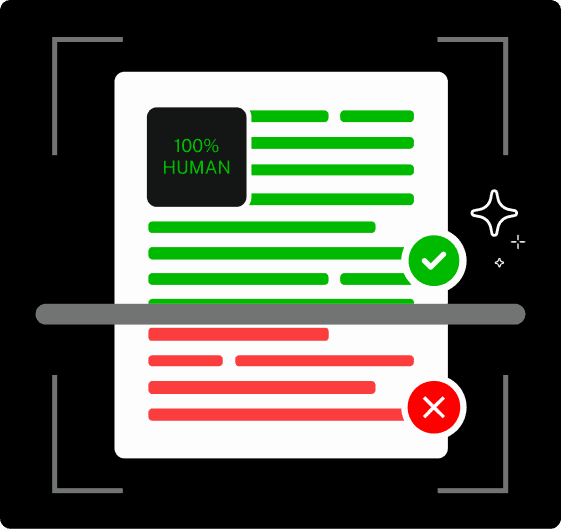
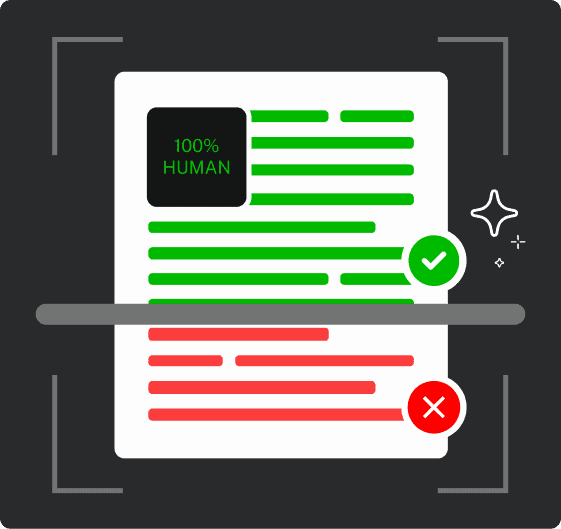
Never Worry About AI Detecting Your Texts Again. Undetectable AI Can Help You:
- Make your AI assisted writing appear human-like.
- Bypass all major AI detection tools with just one click.
- Use AI safely and confidently in school and work.
Instead of arguing about which headline is catchier or which button color converts better, you let real data decide.
The process is simple: split your audience randomly, show half of them Version A, show the other half Version B, then measure the results.
The version that wins gets rolled out to everyone.
But here’s where most people mess up. They run tests for three days, see that Version B is winning by 2%, and declare victory.
Real A/B testing requires statistical significance.
That means collecting enough data to prove the difference isn’t just random chance.
A/B testing works because it eliminates marketing bias.
Your personal preferences don’t matter. Your boss’s opinions don’t matter. What matters is what actually makes people click, buy, or engage.
Why You Should A/B Test?
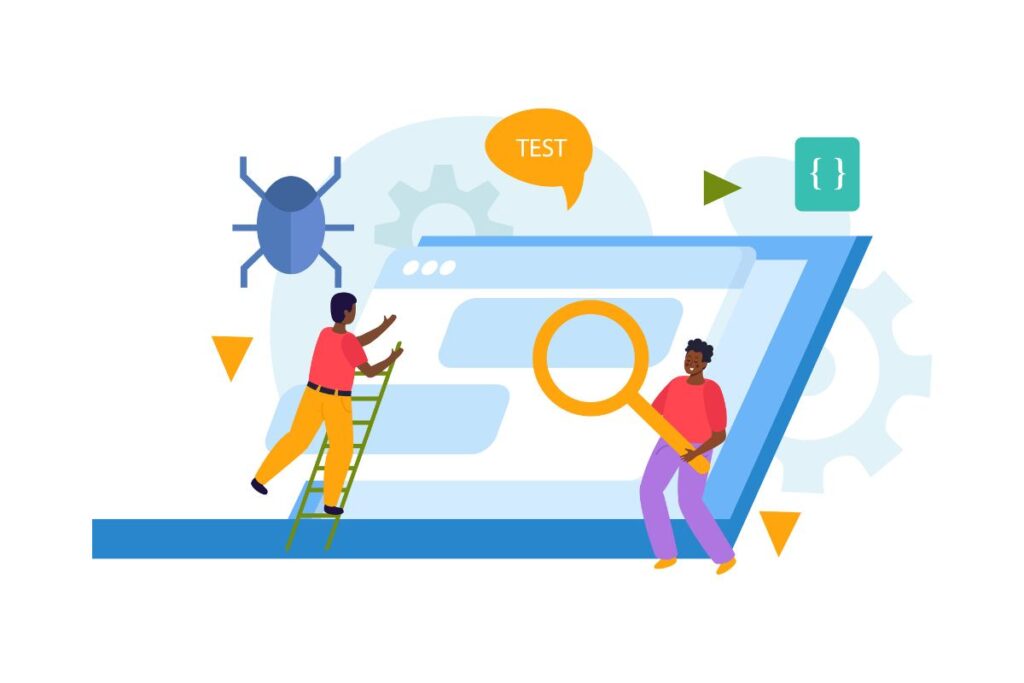
Because assumptions kill businesses.
Every marketer thinks they know what works.
We all have theories about perfect subject lines, ideal button colors, and persuasive copy. The problem? We’re wrong about half the time.
A/B testing saves you from expensive mistakes.
Instead of launching a campaign based on what “feels right,” you test small batches first. If Version A bombs, you only wasted a fraction of your budget.
The upside is massive. Small improvements compound over time.
A 10% boost in email open rates doesn’t sound exciting until you realize it means 10% more leads every month for the rest of the year.
A/B testing also builds organizational trust.
When you can prove that your red button outperformed the blue one with 95% confidence, stakeholders stop questioning your decisions. Data beats opinions every time.
Plus, you learn things that surprise you.
The headline you hated might be your top performer. The email you thought was too long might convert better than your “punchy” version.
How Does A/B Testing Work? Step-by-Step
Running an A/B test isn’t rocket science, but there’s a right way and a wrong way to do it.
Step 1: Pick One Thing to Test
Focus on a single variable. If you change both the headline and the button color, you won’t know which change caused the improvement. Test the headline first, then test the button color.
Step 2: Form a Hypothesis
Don’t just test random stuff. Have a theory about why Version B might outperform Version A.
Maybe you think shorter subject lines work better, or perhaps red buttons convert higher than blue ones.
Step 3: Create Your Variations
Build Version A (your control) and Version B (your test). Keep everything else identical.
If you’re testing email subject lines, the email content should be exactly the same.
Step 4: Split Your Audience Randomly
Most A/B testing tools handle this automatically. The keyword is “randomly.” Don’t send Version A to your best customers and Version B to everyone else.
Step 5: Decide on Success Metrics
What are you measuring? Click-through rates? Conversion rates? Revenue per visitor?
Pick your metric before you start testing, not after you see the results.
Step 6: Determine Sample Size
Use a sample size calculator to figure out how many people you need for statistical significance.
This depends on your current conversion rate and how big of a lift you want to detect.
Step 7: Run the Test
Let it run until you hit your target sample size or confidence level. Don’t peek at results daily, and don’t stop early just because one version is winning.
Step 8: Analyze Results
Look for statistical significance, usually 95% confidence or higher.
If you don’t hit significance, you don’t have a winner. Run the test longer or accept that there’s no meaningful difference.
Step 9: Implement the Winner
Roll out the winning version to your entire audience. Document what you learned and use those insights for future tests.
Step 10: Keep Testing
A/B testing is a process, not a one-time event. Once you find a winner, test it against a new challenger.
A/B Testing in Marketing: Use Cases
A/B testing works for almost every type of marketing content.
Here are the areas where you’ll see the biggest impact:
1. Email Subject Lines and Calls-to-Action
Email is A/B testing paradise. You can test subject lines, preview text, send times, from names, and email content. Subject lines usually show the biggest differences.
Try testing length (short vs. long), personalization (with vs. without first names), urgency (limited time vs. evergreen), and tone (formal vs. casual).
Even small improvements in open rates translate to more revenue.
Call-to-action buttons are another goldmine. Test different colors, text, sizes, and positions. “Buy Now” might work better than “Get Started,” or vice versa.
2. Ad Creatives and Social Media Posts
Social media platforms have built-in A/B testing for ads.
You can test different images, videos, headlines, and descriptions to see what resonates with your audience.
For organic posts, try testing different post times, hashtag strategies, and content formats.
Video might outperform images for your audience, and carousel posts might beat single images.
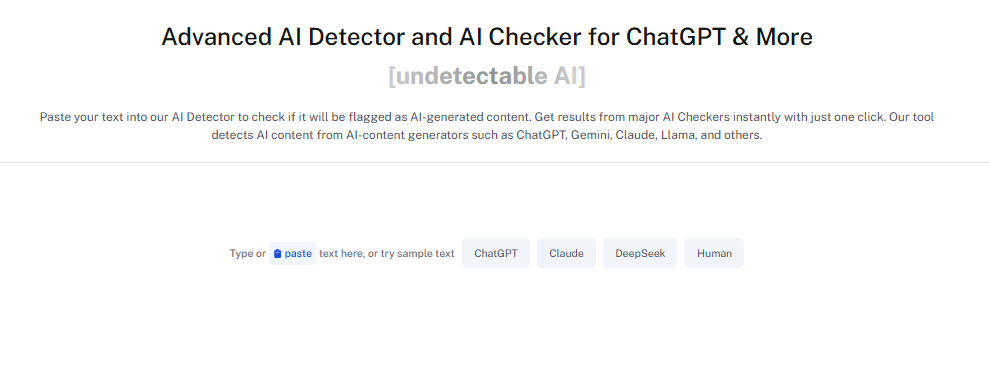
If you’re using AI-generated content for ads or social posts, consider using Undetectable AI Humanizer to refine your copy.
AI-written text often lacks the human touch that drives engagement, and humanizing it can improve performance in your A/B tests.
3. Landing Pages and Conversion Rates
Landing pages offer endless testing opportunities.
Test headlines, subheadings, images, forms, testimonials, and page layouts. Even small changes can dramatically impact conversion rates.
Focus on elements above the fold first. Your headline, hero image, and primary call-to-action get the most attention. Do not neglect the domain name and ensure it aligns with your brand. You can use a free domain generator to find one that fits your landing page’s design and goal.
Once you optimize those, move to secondary elements.
4. Headlines and SEO Pages
Different headlines can double or triple your click-through rates from search results.
Test emotional vs. logical appeals, numbers vs. no numbers, and different keyword placements.
For SEO content, you can test title tags, meta descriptions, and on-page headlines.
Search Console data shows which pages get impressions but low clicks, making them perfect candidates for headline tests.
What Is A/B Testing in Social Media and Video Content?
Social media A/B testing goes beyond just ads.
You can test organic content performance by trying different approaches and measuring engagement.
For video content, test thumbnails, titles, video lengths, and posting times.
YouTube and TikTok algorithms favor content that keeps people watching, so testing different hooks and content structures can boost your reach.
Instagram and Facebook let you test Stories, Reels, and regular posts.
Try different caption lengths, hashtag strategies, and visual styles. What works for one platform might flop on another.
Video thumbnails deserve special attention. They’re often the deciding factor in whether someone watches your content.
Test different facial expressions, text overlays, and color schemes.
LinkedIn content performs differently from Instagram content. Professional audiences respond to different triggers than entertainment-focused audiences.
Test formal vs. casual language, industry-specific vs. general topics, and different content formats.
Tools for Running A/B Tests: Free & Paid
You don’t need expensive enterprise software to start A/B testing.
Plenty of tools work for businesses of all sizes.
Google Optimize (Sunset) Alternatives
Google Optimize was the go-to free A/B testing tool until Google shut it down in 2023.
Now you need alternatives.
- Optimizely is the premium choice. It’s powerful but expensive, designed for enterprise companies with big testing budgets. The interface is intuitive, and the statistical analysis is solid.
- VWO (Visual Website Optimizer) sits in the middle. It’s more affordable than Optimizely but more feature-rich than basic tools. It’s good for growing businesses that need reliable testing without enterprise pricing.
- Unbounce offers built-in A/B testing for landing pages. If you’re already using it for page building, the testing features are convenient and effective.
Email Platforms
Most email platforms include A/B testing features. Here’s our picks:
- Mailchimp lets you test subject lines, send times, and content for free accounts. Their interface makes it easy to set up tests and interpret results.
- Kit (formerly ConvertKit) focuses on creator businesses. Their A/B testing features work well for newsletters, course launches, and product promotions. The automation features let you set up ongoing tests.
- ActiveCampaign combines email testing with advanced automation. You can test email sequences, not just individual emails. This is powerful for complex sales funnels.
Landing Page and Ad Testing Tools
- Leadpages includes A/B testing in most plans. You can test different page versions and track conversions without technical setup.
- Facebook Ads Manager has built-in A/B testing for ad campaigns. You can test audiences, creative, and placement simultaneously. The interface isn’t great, but the functionality works.
- Google Ads lets you test ad copy, keywords, and landing pages. The statistical significance features help you make confident decisions.
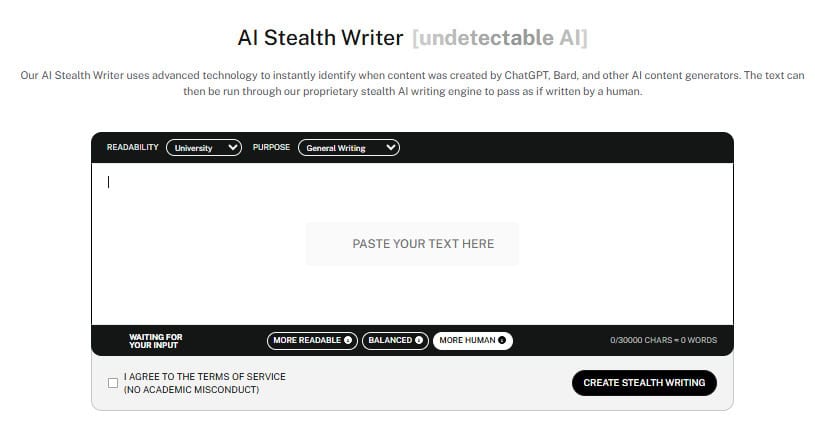
For content creation, consider using Undetectable AI’s AI SEO Writer when you need multiple versions of SEO-optimized content for testing.
When running platform-specific tests, Undetectable AI’s AI Stealth Writer ensures your test variations pass AI detection tools.
Best A/B Testing Resources for Beginners
Learning A/B testing requires both theory and practice.
These resources will get you started on the right track.
- ConversionXL blog covers A/B testing fundamentals with real case studies. Their articles break down complex statistical concepts into practical advice.
- Optimizely’s blog features testing ideas and case studies from major brands. Even if you don’t use their tool, the content is valuable for learning what to test.
- CXL Institute offers courses on conversion optimization and A/B testing. The content is advanced but worth the investment if you’re serious about testing.
- Neil Patel’s blog has beginner-friendly A/B testing guides. The content is less technical but more actionable for small businesses.
- HubSpot Academy has free courses on A/B testing and conversion optimization. The certificates don’t mean much, but the content is solid.
- VWO’s blog publishes case studies showing before/after results from real tests. These examples help you understand what kinds of improvements are realistic.
For statistical significance calculations, use tools like Evan Miller’s A/B testing calculator or VWO’s significance calculator.
These help you determine sample sizes and interpret results correctly.
Access our trusted AI Detector and Humanizer using the widget below.
FAQs About A/B Testing
What’s the ideal duration for an A/B test?
Run it for 1–2 weeks to capture weekday patterns, longer if you’re in B2B. Don’t end early—wait for a solid sample size and statistical significance.
Can I A/B test without coding?
Yes. Most tools offer visual editors. Email platforms, landing page builders, and Google Tag Manager support no-code or low-code testing.
What’s the difference between A/B and multivariate testing?
A/B tests one variable. Multivariate tests several at once and needs way more traffic. Start simple, learn with A/B first.
How do I know if my test worked?
Look for 95%+ statistical confidence. Focus on meaningful improvements, not just who “won,” but by how much.
In Data We Trust
A/B testing transforms guessing into knowing. Instead of wondering whether your marketing works, you get definitive answers backed by data.
The process isn’t complicated, but it requires discipline.
You need to test one variable at a time, run tests long enough to reach significance, and resist the urge to declare winners too early.
Pick one element of your marketing that you’ve always wondered about. Maybe it’s your email subject lines or your landing page headline.
Set up a simple test, let it run properly, and see what happens.
The results might surprise you. The version you thought would lose might win big.
The change you thought was minor might move the needle significantly.
Most businesses leave money on the table because they don’t test.
They stick with the first version that works instead of finding the version that works best.
Your competitors are probably guessing. And while they’re debating button colors in meetings, you can be testing them.
While they’re arguing about headlines, you can be measuring them.
And the best part? You don’t have to figure it out alone.
Undetectable AI offers tools that support your testing process, whether you’re crafting copy, generating ideas, or analyzing what worked.
